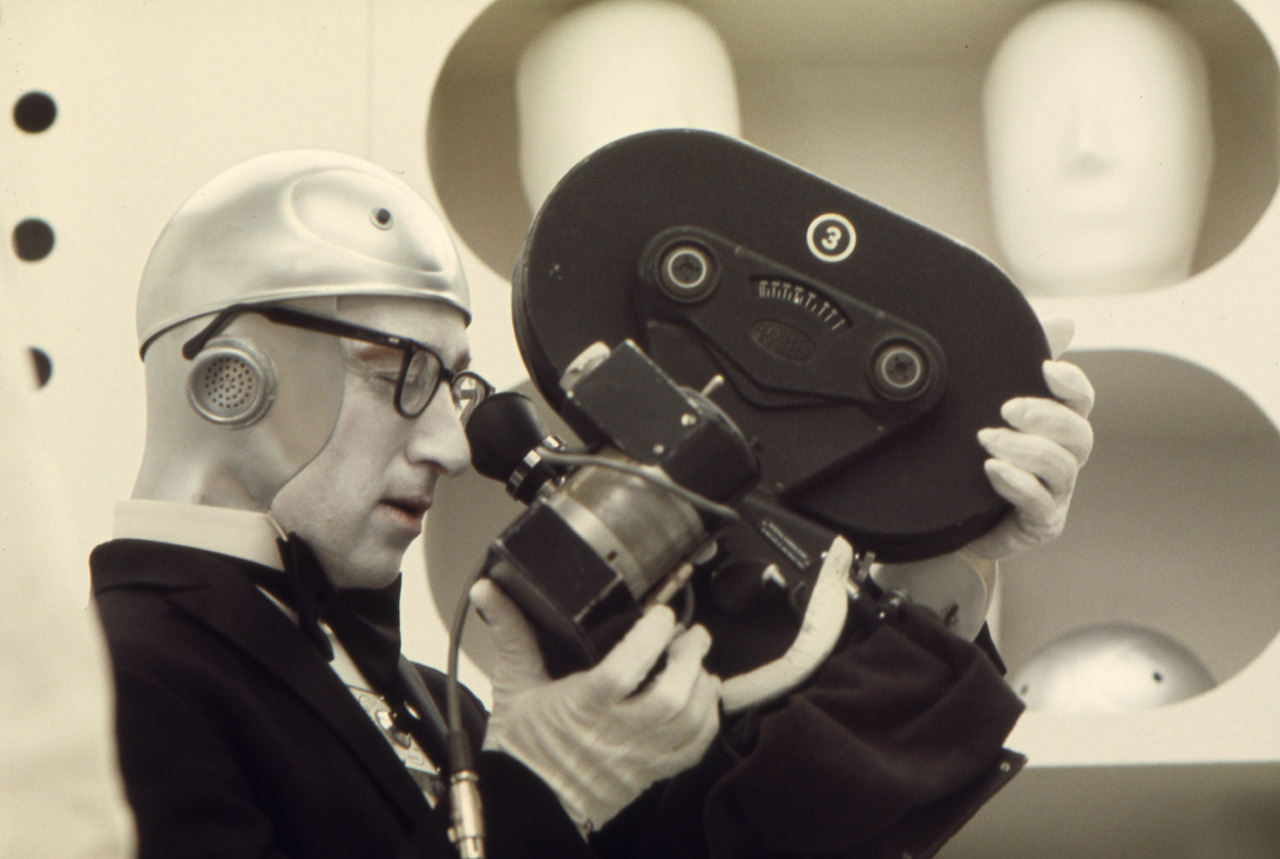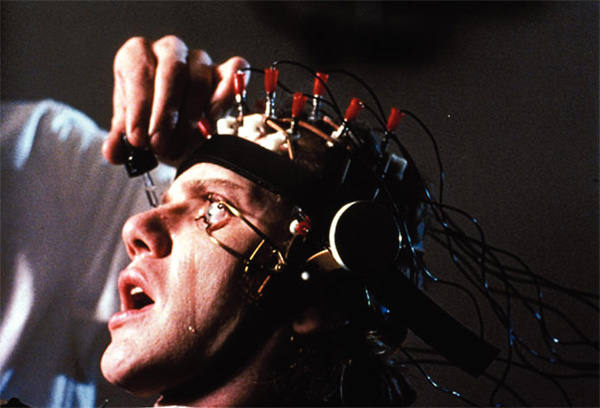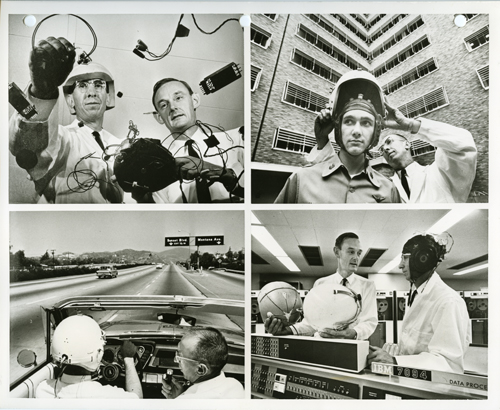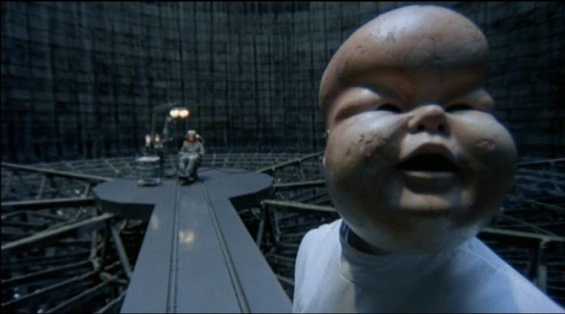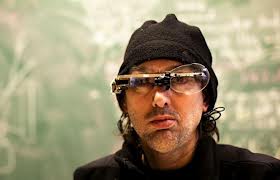
Will Americans give up their steering wheels any more readily than they’ll surrender their guns? It’s tough to say since both are about power, control and ego. From Chunka Mui’s new six-part series at Forbes’s hideously designed website about autonomous automobiles, a passage that offers three possible reasons why such driverless vehicles may reach critical mass sooner than later:
“I can think of three plausible scenarios that, based on the compelling societal benefits and business opportunities, might jumpstart adoption.
1. Google Fiber Redux. Google is the most likely player to put hundreds or thousands of driverless cars on the road to prove their effectiveness and clear away short-term hurdles. Google has a tradition of having its employees use its prototype technologies, a practice known as ‘eating your own dog food.’ Given recently passed legislation in California legalizing driverless cars (with backup drivers), Google might deploy hundreds of Google cars to chauffeur Googlers around the state. Google could quickly log millions of miles and accumulate mountains of evidence on the safety and benefits of the car. (According to various news reports, the Google car has thus far been hit twice by other drivers and once caused a minor accident—while under the control of a human driver.) Google could then move to pilot the technology at a larger scale, perhaps in Las Vegas, because Nevada has also approved the car. Google could use its deep pockets to invest in the necessary infrastructure, take the liabilities issues off the table (by essentially self-insuring) and make the cars available in Nevada at competitive prices. Such an effort would mirror theGoogle Fiber strategy in Kansas City to demonstrate the viability of high-speed fiber networks to the home.
2. The China Card. Although there are too many imponderables and cross-industry conflicts to imagine that the U.S. federal government would get involved any time soon, one can imagine scenarios where more interventionist governments, like China’s, might intervene. China has greater incentives to adopt driverless cars because its rates of accidents and fatalities per 100,000 vehicles is more than twice that of the U.S., and its vehicle counts and total fatalities are growing rapidly. In addition, the Chinese government could be motivated to accelerate the adoption of driverless cars because of the trillions of dollars that it would save by building fewer and narrower roads, by eliminating traffic lights and street lights and by reducing fuel consumption. And then there is the competitive dimension. A driverless car initiative would fit into several of the seven strategic industries that the government is supporting. Chinese researchers have already made significant progress in the arena. And, of course, if China perfects a driverless-car system, it could export that system to the rest of the world.
3. The Big Venture Play. In this scenario, a startup steps into the market to launch a large-scale, shared, driverless transportation system. While this might appear to be the most outlandish of the three scenarios, the outline of the a profitable business case has already been developed. The business plan was designed by an impressive team led by Lawrence Burns, the director of the Program on Sustainability at Columbia University’s Earth Institute and former head of R&D at General Motors. The plan is based on expert technical and financial analysis and offers three sustainable market-entry strategies. For example, the team did a detailed analysis of Ann Arbor, MI, and concluded that a shared-driverless system could be fielded that offered customers about 90% savings compared with the cost of personal car ownership—while delivering better user experiences. Analysis of suburban areas and high-density urban centers, with Manhattan as the case study, also yielded significant savings potential and better service. Such dramatic results promise tremendous business opportunities for a ‘NewCo’:
This is an extraordinary opportunity to realize superior margins, especially for first movers. In cities like Ann Arbor, for example, NewCo could price its personal mobility service at $7 per day (providing customers with a service comparable to car ownership with better utilization of their time) and still earn $5 per day off each subscriber. In Ann Arbor alone, 100,000 residents (1/3 of Ann Arbor’s population) using the service could result in a profit of $500,000 a day. Today, 240 million Americans own a car as a means of realizing personal mobility benefits. If NewCo realizes just a 1 percent market share (2.4 million customers) in the United States alone, its annual profit could be on the order of $4 billion. NewCo’s Business Plan explains how this idea can be realized quickly, efficiently and with effective risk management.
There are of course many assumptions built into such plans, but my review leads me to believe that it is a robust platform for serious exploration of the Big Venture Play.”







